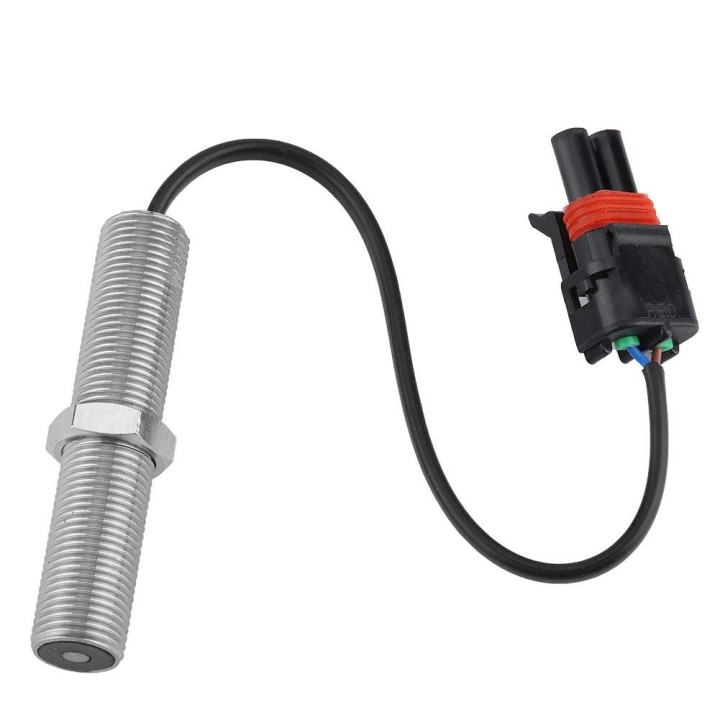
Accelerating Innovation: Navigating the Speed Sensor Market
Introduction
Speed sensors are integral components that measure the velocity of moving objects, offering crucial data for a wide range of applications. From automotive and aerospace industries to manufacturing and robotics, these sensors drive efficiency, safety, and precision in countless sectors. This article provides a comprehensive insight into the speed sensor market, exploring its significance, types, applications, and the trends shaping its future.
The Significance of Speed Sensors
Speed sensors play a vital role in diverse industries by providing accurate and timely information about the movement of objects. This information is used to control processes, ensure safety, optimize performance, and make informed decisions in real-time. In a world driven by data-driven solutions, speed sensors are the unsung heroes behind efficient operations.
Get a FREE > PDF Sample
Variety of Speed Sensor Types
The speed sensor market offers various sensor types, each tailored to specific applications and industries.
Hall Effect Sensors: Utilizing the Hall Effect phenomenon, these sensors measure the speed of a moving target based on the magnetic field disruption.
Optical Sensors: Optical sensors use light beams to detect movement, often seen in applications like printers and industrial automation.
Magnetic Sensors: These sensors work by detecting changes in a magnetic field due to the motion of a target object, commonly used in automotive applications.
Inductive Sensors: Inductive sensors detect metallic objects, offering high accuracy and resistance to environmental factors.
Ultrasonic Sensors: Ultrasonic speed sensors measure speed by sending and receiving ultrasonic waves that bounce off moving objects, often used in robotics and automation.
Applications Across Industries
The speed sensor market caters to a wide range of industries, delivering precise data that drives performance, safety, and efficiency.
Automotive: Speed sensors in vehicles monitor wheel speed, enabling functions like anti-lock brakes (ABS) and electronic stability control (ESC).
Aerospace: In aerospace, speed sensors contribute to aircraft navigation, avionics, and flight control systems.
Manufacturing: Speed sensors optimize production lines by regulating the speed of conveyor belts and ensuring consistent product movement.
Robotics and Automation: Speed sensors play a pivotal role in robotics by enabling precise movement, coordination, and collision avoidance.
Railways: These sensors monitor the speed of trains, facilitating safe and efficient rail operations.
Buy Premium Research Report > Buy Now
Trends and Future Directions
The speed sensor market is evolving in tandem with technological advancements and industry trends.
IoT Integration: Speed sensors are being integrated into IoT networks, enabling real-time data collection, remote monitoring, and predictive maintenance.
Industry 4.0: In the era of Industry 4.0, speed sensors contribute to the smart factory concept by enabling automated and data-driven processes.
Miniaturization: Miniaturized speed sensors are gaining prominence, particularly in applications where space is limited, such as wearables and portable devices.
Wireless Communication: The implementation of wireless communication in speed sensors enables seamless data transmission and remote control.
Conclusion
The speed sensor market's impact is far-reaching, revolutionizing industries by providing critical data for precision, safety, and efficiency. As industries continue to embrace automation, connectivity, and data-driven decision-making, speed sensors will remain at the forefront of innovation, shaping the future of technology-driven processes across various sectors.